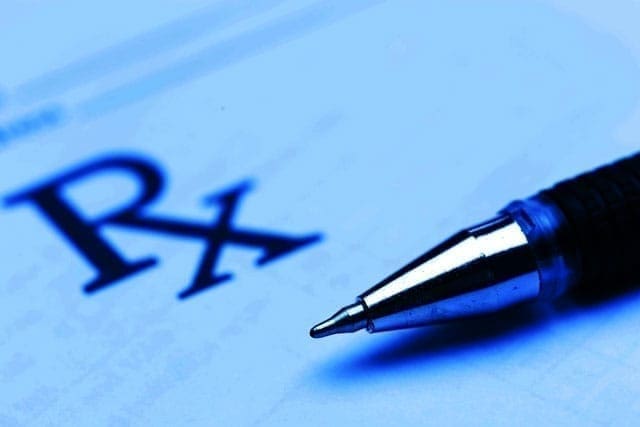
Doctors’ Notes
Real stories by real family physicians
I advise my pregnant patients to prevent Listeria infection by avoiding high-risk foods and following basic food safety guidelines.
Recently, my patient Jennifer (not her real name) came in for a prenatal visit. She had been trying to get pregnant for several months. When she finally got a positive result on a home pregnancy test, she and her husband were thrilled. During the visit, Jennifer mentioned that they had eaten at a sushi restaurant shortly before finding out that she was pregnant. She had heard that it was not good to eat sushi during pregnancy, so she wanted to make sure she and the baby were okay.
Jennifer is generally healthy and doesn’t take any medicines except a prenatal vitamin. Her only symptom was some mild nausea. It had started a couple of days before she ate the sushi. I gave Jennifer a brief physical exam. This included feeling her stomach for tenderness or pain and listening to the baby’s heartbeat. Her exam was normal, which was very reassuring to both of us.
After the exam, I talked with Jennifer about healthy eating during pregnancy. I told her about certain foods to avoid, including the following:
- Raw or undercooked meat, poultry, seafood, and eggs
- Hot dogs and lunch meats (unless heated to steaming hot just before serving)
- Refrigerated meat spreads (for example, paté)
- Refrigerated smoked seafood
- Unpasteurized (raw) milk or juices
- Soft cheeses made with unpasteurized milk (for example, blue cheese, queso blanco, Brie, feta, and Roquefort)
- Raw sprouts (for example, alfalfa, clover, mung bean, and radish)
- Store-made salads (for example, chicken salad and tuna salad)
- Unwashed fruits and vegetables
All of these foods can be contaminated with a bacteria called Listeria. It’s found in soil, water, and some animals (for example, cattle and poultry). Listeria causes an infection called listeriosis. Pregnant women have a much higher risk of getting infected with Listeria than other healthy adults.
Listeriosis is relatively rare and only causes mild symptoms for most people. However, it is much more serious for a pregnant woman because it can be passed to her unborn baby. This can cause problems such as miscarriage or preterm labor.
In pregnant women, listeriosis typically causes flu-like symptoms, such as fever and chills, fatigue, and muscle aches. I told Jennifer to contact my office right away if she had any of these symptoms. I explained that if we were concerned she might have listeriosis, we could do a lab test to check. Listeriosis can be treated with antibiotics if it’s diagnosed early.
It turned out that the sushi roll Jennifer had eaten was made with cooked fish. Since only raw seafood carries Listeria, I reassured her that she probably wasn’t at risk for listeriosis from this sushi. Jennifer was relieved. When she came back one month later for a regular prenatal check, her nausea was gone and she was feeling better.
Quick Tip
In addition to avoiding certain foods that can be contaminated with Listeria, I advise my pregnant patients to prevent listeriosis by following food safety guidelines, including:
- Wash your hands with soap and water after touching raw produce or uncooked meat, poultry, or seafood.
- Rinse all fruits and vegetables under running water before you peel, cut, eat, or cook them.
- Clean and sanitize countertops, cutting boards, knives, and utensils after preparing raw meat, poultry, or seafood. The U.S. Department of Agriculture (USDA) website listed under “Resources” (below) offers tips on how to sanitize kitchen surfaces and utensils.
- Keep raw food and cooked food separate to avoid contamination.
- Use a food thermometer to make sure meat, poultry, seafood, and eggs are cooked to a safe temperature.
Resources
U.S. Department of Agriculture (USDA): Clean THEN Sanitize: A One-Two Punch to Stop Foodborne Illness in the Kitchen
![]()
Copyright © American Academy of Family Physicians
This information provides a general overview and may not apply to everyone. Talk to your family doctor to find out if this information applies to you and to get more information on this subject.





